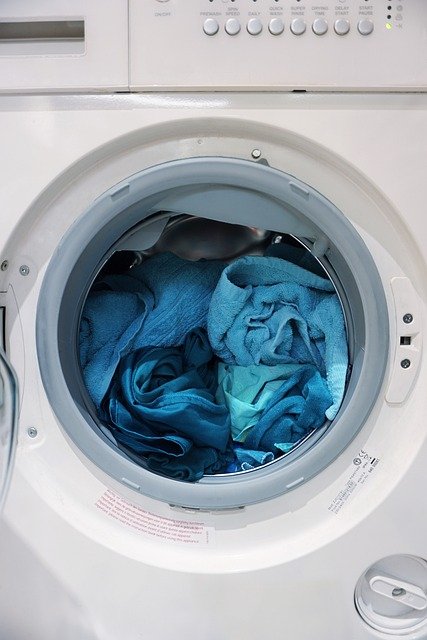Washing Machines: How They Work and How to Choose One
Modern washing machines are household essentials that combine mechanical action, water, detergent, and temperature control to clean textiles efficiently. Understanding the main features, types, energy implications, and basic maintenance helps buyers and users make practical choices that match lifestyle, laundry volume, and running-cost expectations. This article explains core principles, common machine categories, energy considerations, simple upkeep tips, and provides a brief price comparison to illustrate typical market options.

How washing machines clean clothes
A washing machine uses a combination of mechanical agitation, detergent chemistry, and water flow to remove dirt and stains. Front-loading machines tumble clothes through a small amount of water, which can be gentler and more water-efficient; top-loaders typically use an agitator or impeller to move garments through water, enabling shorter cycles. Temperature control matters: hot water helps dissolve oily stains and sanitise, while cold washes preserve delicate fabrics and reduce energy use. Detergents and additives are formulated for different temperatures and fabric types, and many machines include specialised cycles for wool, synthetics, and heavy soiling.
Types, capacity and what suits your home
Washing machines vary by installation (freestanding, integrated), loading style (front or top), and capacity (typically 6–12 kg). Small households or flats often benefit from 6–8 kg machines, which balance space and drum size. Families or users who wash bulky items (duvets, towels) may prefer 9–12 kg capacities. Consider whether you need a washer-dryer combo: these save space but tend to be slower and less energy-efficient for drying compared with separate appliances. Installation constraints—venting, plumbing, and available space—also influence the best fit for a given home.
Energy efficiency and running costs
Energy label ratings (A to G or newly reformed scales depending on the region and time) indicate a machine’s electricity performance; look for machines with better efficiency to lower long-term costs. Drum size, spin speed, and cycle length affect energy use: higher spin speeds remove more water and reduce drying time, while prolonged high-temperature cycles use more electricity. Modern machines offer eco modes and load-sensing to optimise water and energy per wash. To manage running costs, wash full loads when possible, use lower temperatures for lightly soiled garments, and select shorter cycles for everyday items.
Maintenance and extending lifespan
Routine maintenance keeps a machine reliable and hygienic. Simple tasks include checking and cleaning the filter, running a monthly drum-clean or high-temperature cycle to prevent mould and smells, and inspecting hoses for wear or leaks. Avoid overloading the drum, which strains bearings and motors; balance mixed loads to reduce vibration. If you live in an area with hard water, descaling or using water softeners can protect components. Regularly following manufacturer guidelines for care and servicing can extend a machine’s usable life and help retain performance.
Real-world cost insights and product comparison
Prices for washing machines vary substantially by brand, capacity, features, and retailer. Entry-level models can start at a few hundred pounds, while large-capacity or feature-rich machines with advanced sensors and high spin speeds can cost upward of several hundred to over a thousand pounds. Following is a representative comparison of widely available models and brands in the UK market to illustrate typical ranges; these are estimates and should be verified with current retailer listings.
| Product/Service | Provider | Cost Estimation |
|---|---|---|
| 8 kg front-load washing machine | Bosch | £400–£650 |
| 9 kg EcoBubble front-load | Samsung | £450–£700 |
| 8 kg freestanding washer | Beko | £250–£400 |
| 9 kg white goods washer | Hotpoint | £300–£550 |
Prices, rates, or cost estimates mentioned in this article are based on the latest available information but may change over time. Independent research is advised before making financial decisions.
Conclusion
Choosing the right washing machine involves balancing capacity, energy performance, installation needs, and budget. Understanding how different loading styles and features affect cleaning performance and running costs helps select an appliance that fits daily routines and long-term expenses. Regular maintenance and using appropriate cycles will preserve performance and reduce unexpected repairs, making the appliance more economical across its service life.




